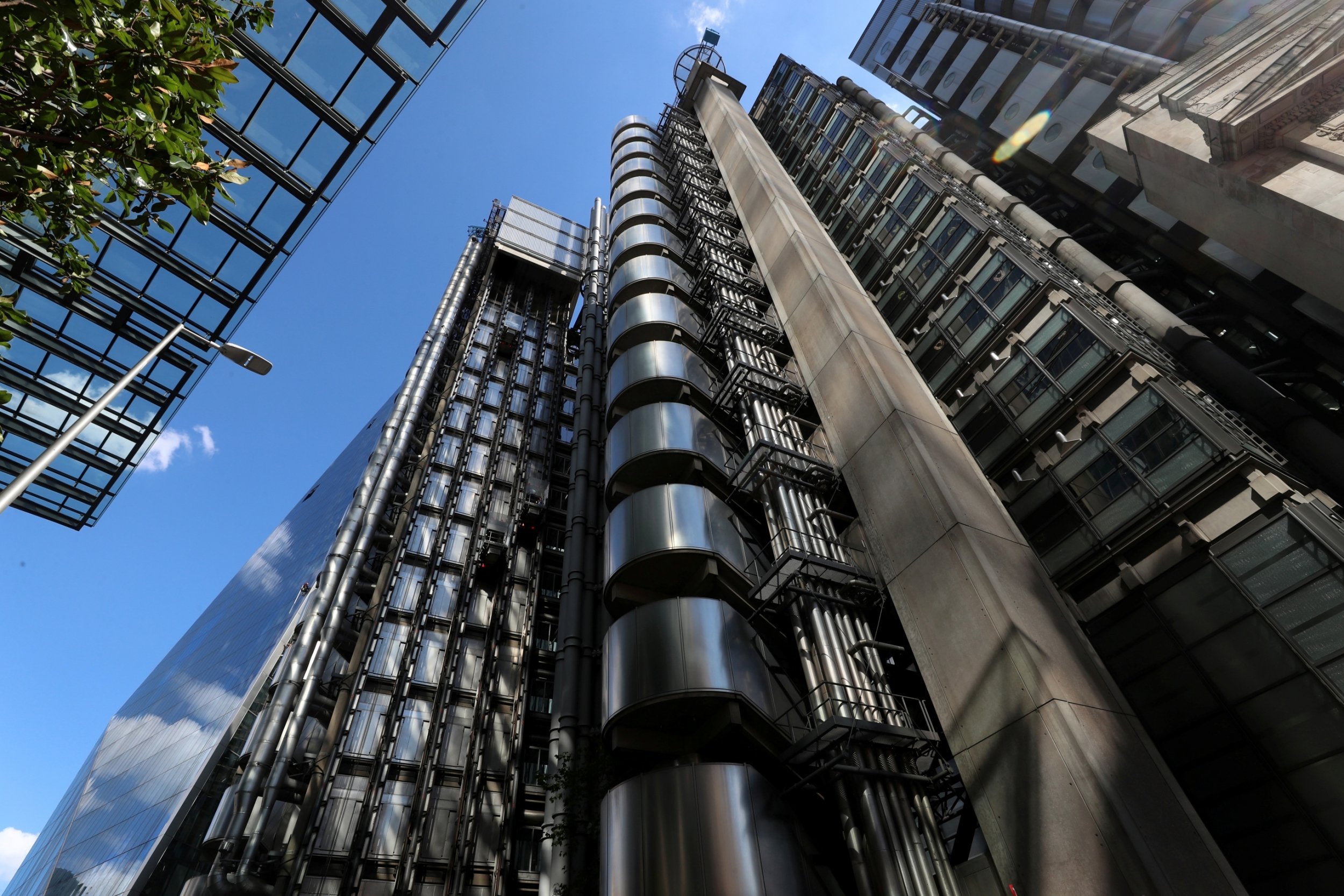Lloyd’s of London’s guide to trans and non-binary inclusion is welcome – but does it do enough?
The insurance market’s record on harassment shows there’s much more work to do, writes James Moore


In the wake of a frankly appalling bullying and harassment scandal that suggested working at Lloyd’s of London hadn’t moved on all that much from when the place was founded by Edward Lloyd in a 17th-century coffee house, the market appears keen to get on the front foot.
A “Guide to Trans and Non-Binary Inclusion” has just been published with the stated aim of addressing “confusion and lack of knowledge on behalf of managers and colleagues” over how to manage the rising number of people in these categories in an inclusive manner.
Broadly, this is a welcome development. Anything that fosters inclusion in any workplace is that because there’s still far too little of it.
The decision to publish is also pragmatic given that a growing number of younger people identify as non-binary. Millennials and the members of Generation Z are often somewhat perplexed about the fuss their elders make about it (and the prejudice they sometimes show). Bright and talented young people, on whom the future of any enterprise rests, tend to favour workplaces that welcome diversity and gravitate to those that do.
Are you waiting for the but? Here it is.
“One of the more unlikely things that has struck me as we’ve developed this guide is something that is very rarely said in insurance. And that is – what a diverse market we work in.
“While the Lloyd’s market is commonly conceived as being traditional in outlook and make-up, our research into the experiences of trans and non-binary people within this market allowed us to encounter a vigorous self-supporting trans and non-binary community already in existence in insurance,” declared Marc McKenna-Coles, the global diversity and inclusion manager at the market, in his foreword.
That quote, it’s one of those things that make you go “hmm” because it paints a bright and positive picture that I’m not sure is entirely borne out by the evidence that’s emerged of what it’s really like to work there.
Consider the report that emerged in September. It was commissioned by Lloyd’s in the wake of a string of complaints about bullying and harassment, sexual harassment in particular, and it did not make for happy reading.
Some 6,000 people responded to an independent survey. One in 12 of them reported having witnessed incidents of sexual harassment during the last 12 months. One in five didn’t believe employees had equal opportunities. Women’s responses were considerably more negative than those of men.
It’s also a very different picture to that painted by Dame Inga Beale, the market’s gay former CEO who has been devoting herself to various pro bono projects of late.
She admitted she “didn’t know the answer” when it came to tackling the market’s longstanding booze culture, which has been identified as the cause of many of its problems, in a recent interview with City AM.
“There are some fantastic leaders out there who really want to make a difference, but there are also some who just tick a box, and it’s not a genuine feeling that we need to do something.
“It’s got to be meant from the top,” she said, opining on the issue of cultural change.
I think Lloyd’s current management is serious about wanting to clean house. But there is considerable resistance to its desire to do that in some quarters, and among some very senior people.
There are good reasons why people might consider that what struck McKenna-Coles as “unlikely” remains unlikely for at least some of the non-binary and trans staff working at the market. Ditto its female staff, and maybe those from other groups outside of its traditional white male workforce. The harsh reality is that the market has a lot of work to do.
Join our commenting forum
Join thought-provoking conversations, follow other Independent readers and see their replies
Comments